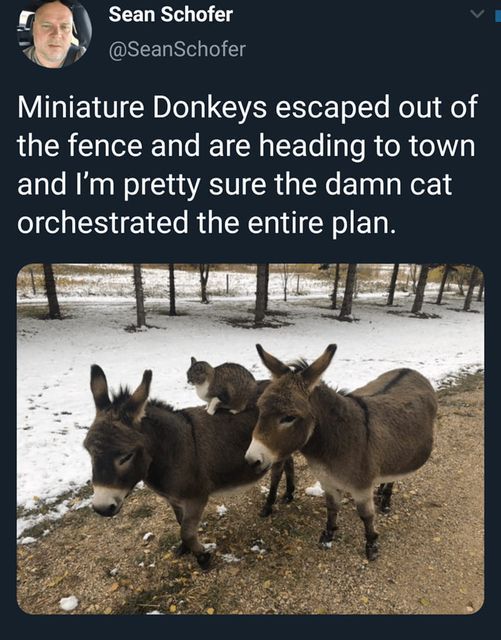#donkeys
Explore tagged Tumblr posts
Text

Cute
Lindo
#burros salvajes#wild burro#lake pleasant#nature#arizona#original photographers#david e ragland#photography#davideragland#photographers on tumblr#american southwest#sonoran desert#wild animals#donkeys#animal ears#orejas#desert#desierto#desert photography#animales salvajes#cute animals#cute#equus#equine
16 notes
·
View notes
Text

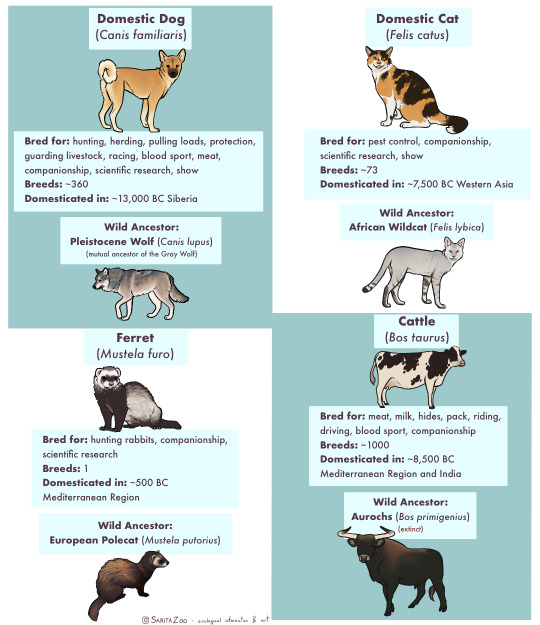


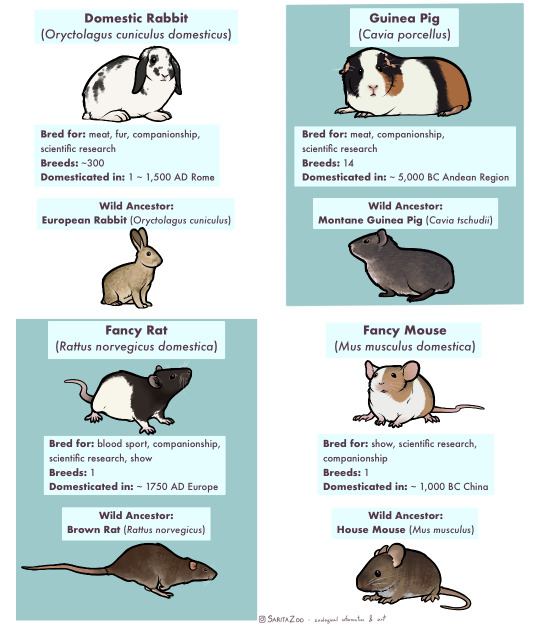
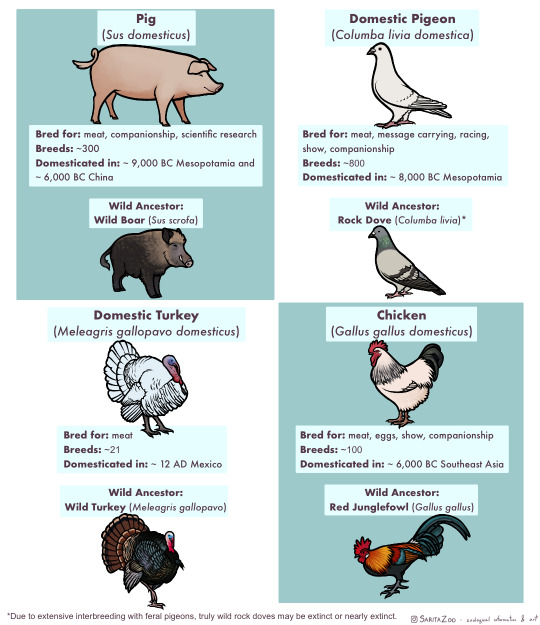
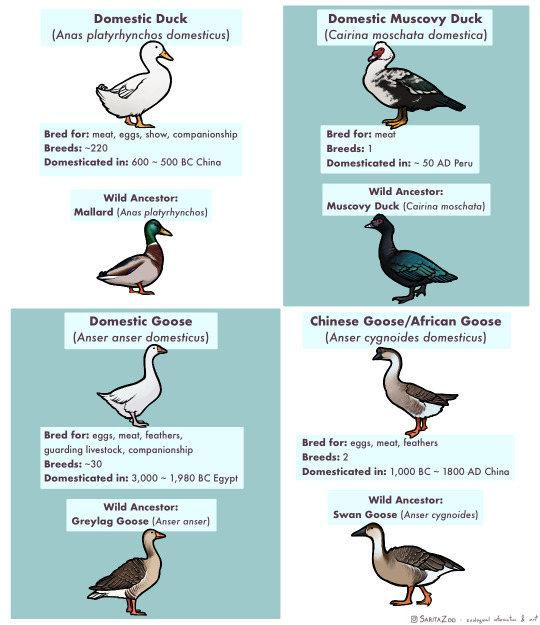
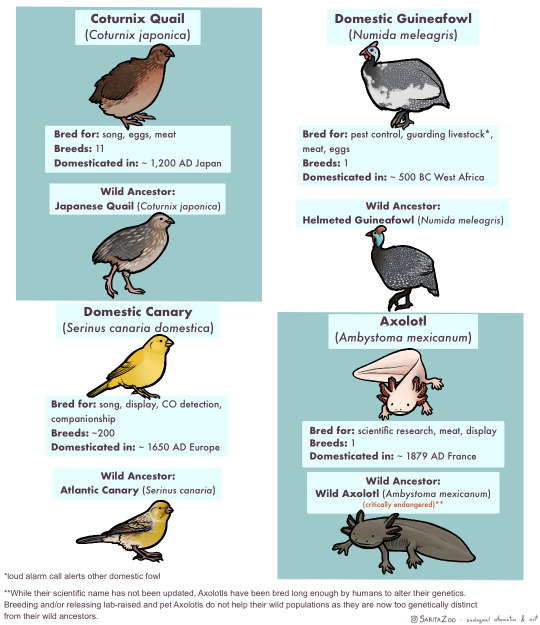
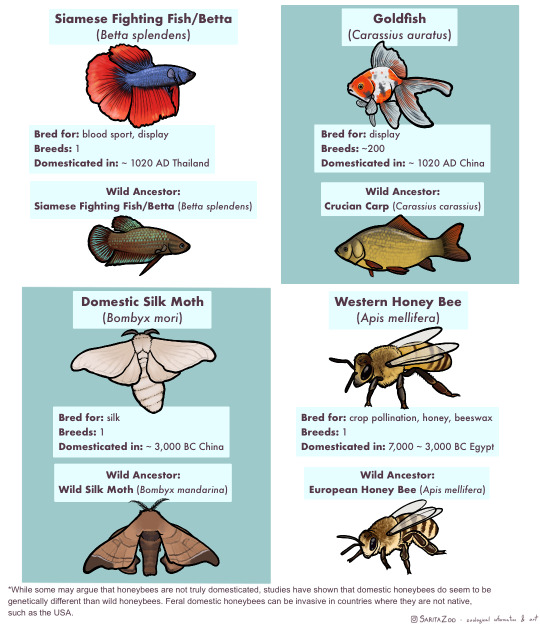

Phew. This one took, uh… a bit longer than expected due to other projects both irl and art-wise, but it’s finally here. The long-awaited domestic animal infographic! Unfortunately, I didn’t have enough space to cover every single domestic animal (I’m so sorry, reindeer and koi, my beloveds) but I tried to include as many of the “major ones” as possible.
I made this chart in response to a lot of the misunderstandings I hear concerning domestic animals, so I hope it’s helpful!
Further information I didn’t have any room to add or expand on:
🐈 “Breed” and “species” are not synonyms! Breeds are specific to domesticated animals. A Bengal Tiger is a species of tiger. A Siamese is a breed of domestic cat.
🐀 Different colors are also not what makes a breed. A breed is determined by having genetics that are unique to that breed. So a “bluenose pitbull” is not a different breed from a “rednose pitbull”, but an American Pitbull Terrier is a different breed from an American Bully! Animals that have been domesticated for longer tend to have more seperate breeds as these differing genetics have had time to develop.
🐕 It takes hundreds of generations for an animal to become domesticated. While the “domesticated fox experiment” had interesting results, there were not enough generations involved for the foxes to become truly domesticated and their differences from wild foxes were more due to epigenetics (heritable traits that do not change the DNA sequence but rather activate or deactivate parts of it; owed to the specific circumstances of its parents’ behavior and environment.)
🐎 Wild animals that are raised in human care are not domesticated, but they can be considered “tamed.” This means that they still have all their wild instincts, but are less inclined to attack or be frightened of humans. A wild animal that lives in the wild but near human settlements and is less afraid of humans is considered “habituated.” Tamed and habituated animals are not any less dangerous than wild animals, and should still be treated with the same respect. Foxes, otters, raccoons, servals, caracals, bush babies, opossums, owls, monkeys, alligators, and other wild animals can be tamed or habituated, but they have not undergone hundreds of generations of domestication, so they are not domesticated animals.
🐄 Also, as seen above, these animals have all been domesticated for a reason, be it food, transport, pest control, or otherwise, at a time when less practical options existed. There is no benefit to domesticating other species in the modern day, so if you’ve got a hankering for keeping a wild animal as a pet, instead try to find the domestic equivalent of that wild animal! There are several dog breeds that look and behave like wolves or foxes, pigeons and chickens can make great pet birds and have hundreds of colorful fancy breeds, rats can be just as intelligent and social as a small monkey (and less expensive and dangerous to boot,) and ferrets are pretty darn close to minks and otters! There’s no need to keep a wolf in a house when our ancestors have already spent 20,000+ years to make them house-compatible.
🐖 This was stated in the infographic, but I feel like I must again reiterate that domestic animals do not belong in the wild, and often become invasive when feral. Their genetics have been specifically altered in such a way that they depend on humans for optimal health. We are their habitat. This is why you only really see feral pigeons in cities, and feral cats around settlements. They are specifically adapted to live with humans, so they stay even when unwanted. However, this does not mean they should live in a way that doesn’t put their health and comfort as a top priority! If we are their world, it is our duty to make it as good as possible. Please research any pet you get before bringing them home!
#SaritaZoo#my art#domestic animals#domestication#pets#dogs#cats#ferrets#cows#sheep#goats#bovids#horses#donkeys#camels#llamas#alpacas#rabbits#guinea pigs#rats#pet rats#pet mice#pigs#pigeons#turkeys#chickens#ducks#geese#quail#i ran out of tags rip
34K notes
·
View notes
Text

Rest on the Flight into Egypt by Hermann von Kaulbach
#hermann von kaulbach#art#religious art#religion#mary#joseph#jesus#jesus christ#egypt#christianity#christian#bible#biblical#gospel of matthew#infant#baby#baby jesus#child#donkey#donkeys#desert#animals#christ#light#halo#holy
1K notes
·
View notes
Text








616 notes
·
View notes
Photo

523 notes
·
View notes
Text

a 1995 Swiss stamp depicting a juvenile donkey
[ID: a postage stamp with a stylized illustration of a small donkey. end ID]
246 notes
·
View notes
Text






Books books bOOKS BOOKS! BOOKS!! BOOKS!!!
Sorry, I finally have all the books I’ve written or illustrated in my shop, which makes me happy! The full collection! Sleepy Happy Capy Cuddles is now available, along with Clementine, Jackstock, Tiger and, of course, a multitude of unicorns.
#Books#indie books#animal books#capybaras#tigers#cows#donkeys#unicorns#animal art#writing#illustration
142 notes
·
View notes
Text
MC vs Mephistopheles’ Horses
Video Masterlist
#obey me shall we date#obey me videos#funny obey me#obey me crack#obey me shit post#horses#donkeys#funny videos#obey me mephistopheles#omswd mephistopheles#obey me shall we date mephistopheles
121 notes
·
View notes
Text

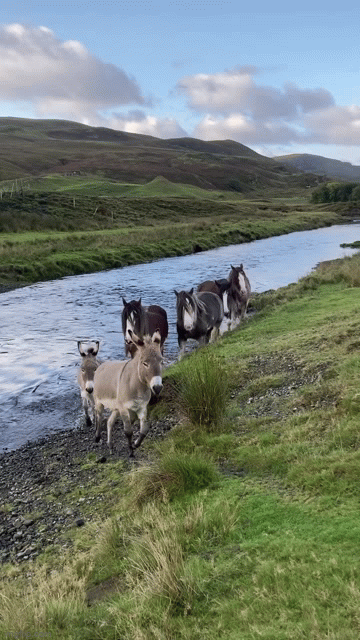
Clydesdales & Donkeys
704 notes
·
View notes
Text
Taxonomy Tournament: Mammals
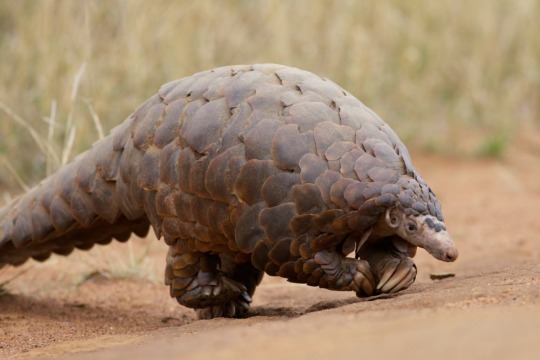
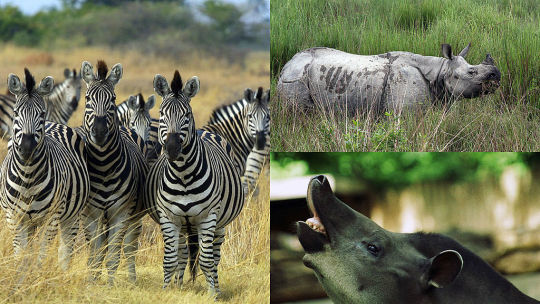
Pholidota. This order is made up of the pangolin, the only mammal to have keratin scales.
Perissodactyla. This order is also known as the odd-toed ungulates because they (mostly) have hooves and bear weight on one or three toes. It is made up of equines, rhinos, and tapirs.
#animals#biology#polls#poll tournament#zoology#pangolins#mammals#tetrapods#horses#donkeys#rhinos#tapirs#Pholidota#Perissodactyla#0x60v0x9f#animal tournament#Animal Tournament Round 1
331 notes
·
View notes
Text
vita lenta.
159 notes
·
View notes
Text
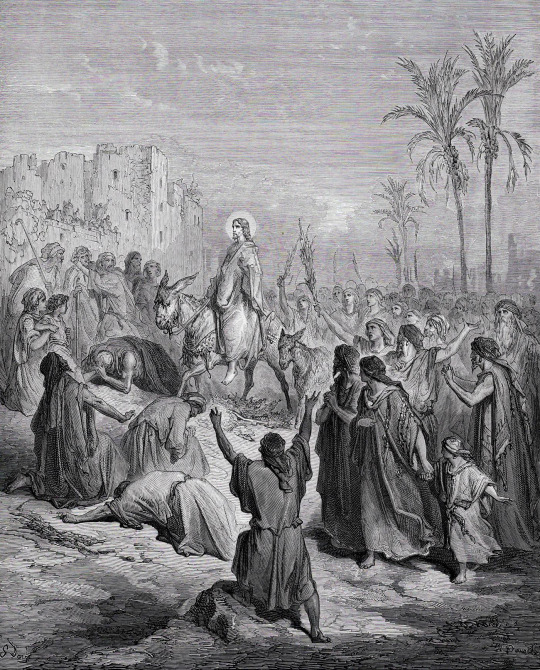
Entry of Jesus into Jerusalem by Gustave Doré
#jesus christ#jesus#christ#jerusalem#art#gustave doré#christianity#christian#la grande bible de tours#bible#biblical#religion#religious art#religious#donkey#donkeys#palm sunday#animals#palm branches#triumph#triumphal#triumphant#halo
530 notes
·
View notes
Text







#idk who needs pngs of farm animals BUT....#png#transparent#animals#pig#pigs#goat#goats#cow#cows#horse#horses#donkey#donkeys#sheep#chicken#chickens
168 notes
·
View notes
Text
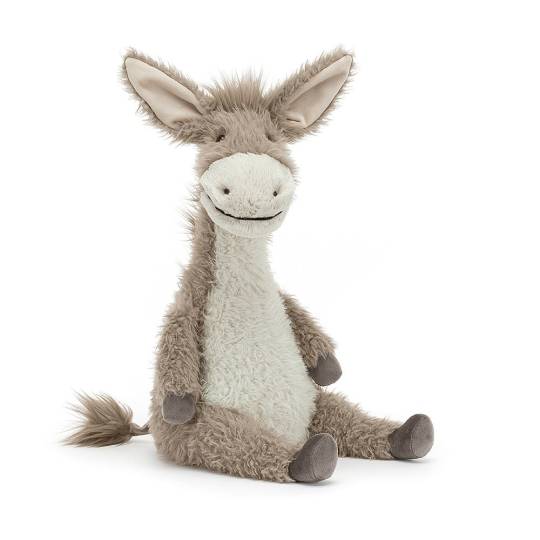
Dario Donkey
Ko-fi / Instagram
#stuffed animals#stuffies#stuffed animal#jellycat#jellycats#jellycatlondon#jellycatstuffies#jellycatplush#donkey#donkeys#cute#plush#plushies#plushblr#plushie#plushcore#plushiecore#stuffiecore#plush toy#plush animals#plush animal#plush toys#soft toys#soft toy#toycore#kidcore#cozycore#plush blog
240 notes
·
View notes
Text

a 1964 Chinese stamp depicting a cloth donkey and a toy bird
[ID: a postage stamp with an illustration depicting two children's toys. end ID]
182 notes
·
View notes
